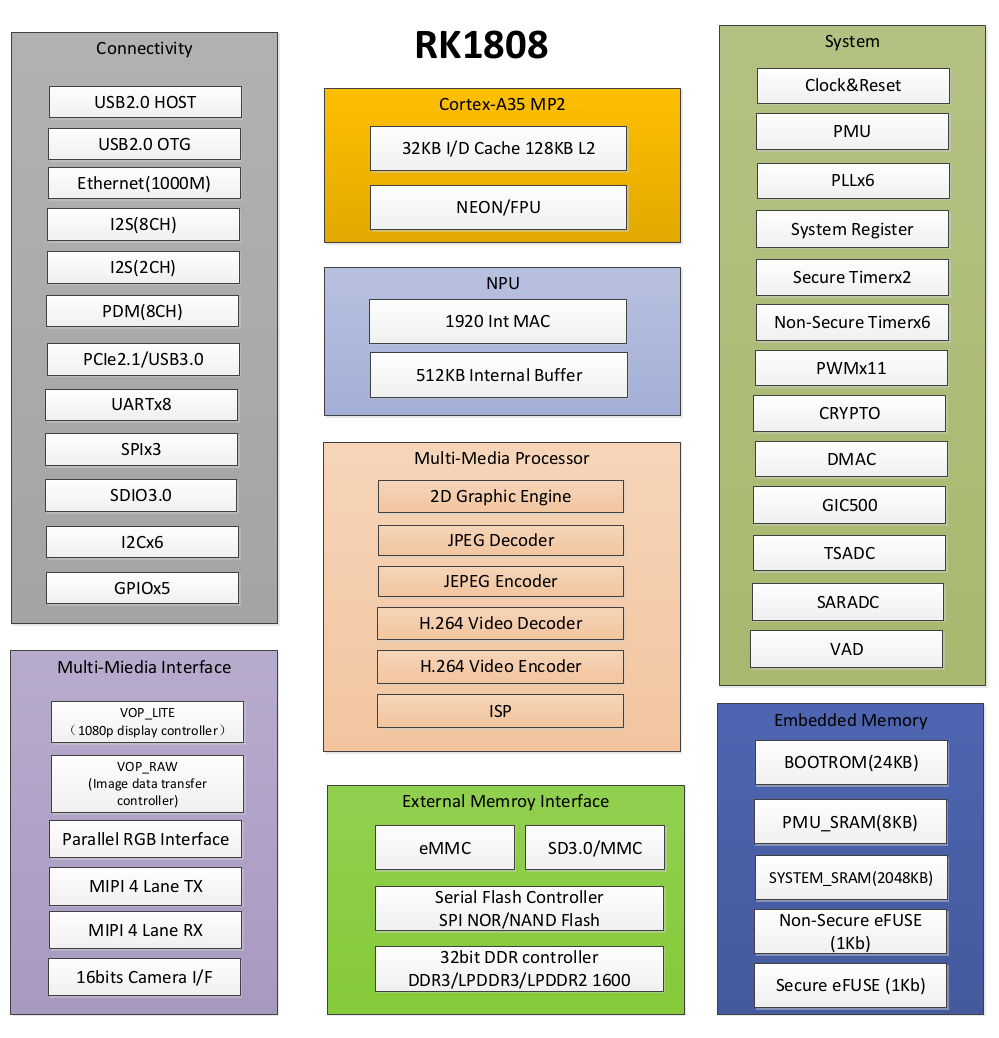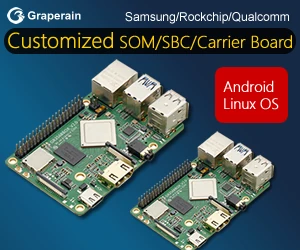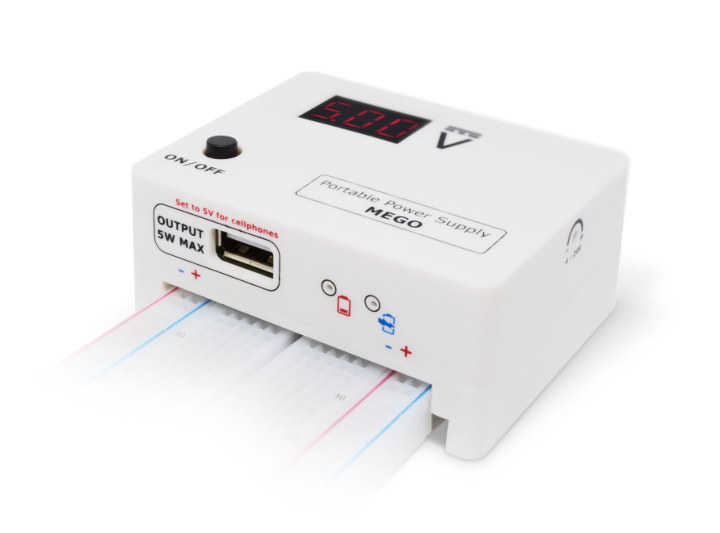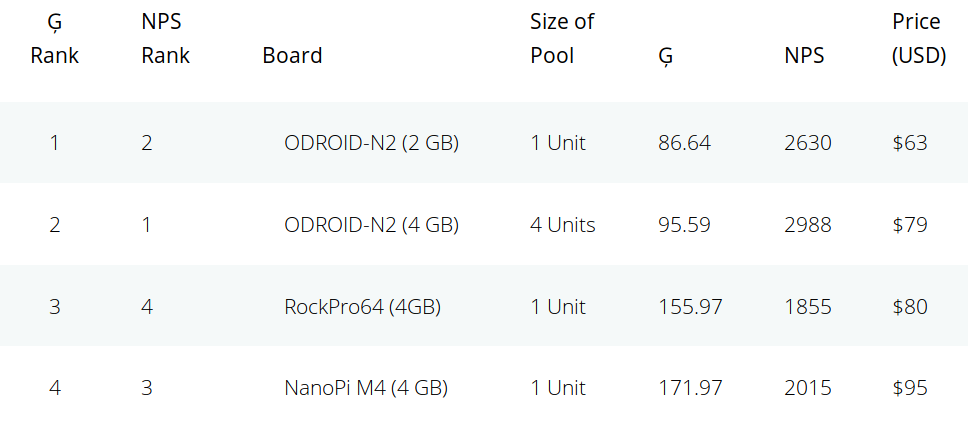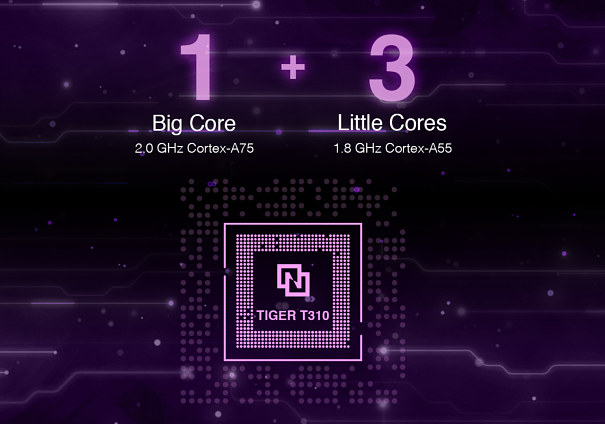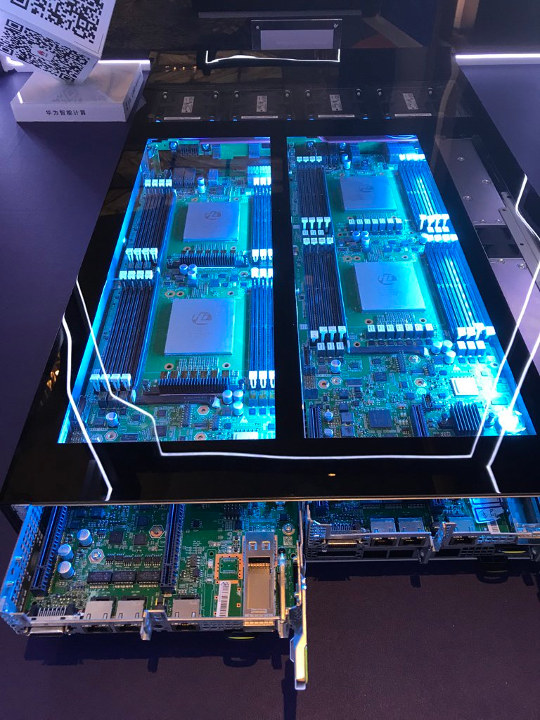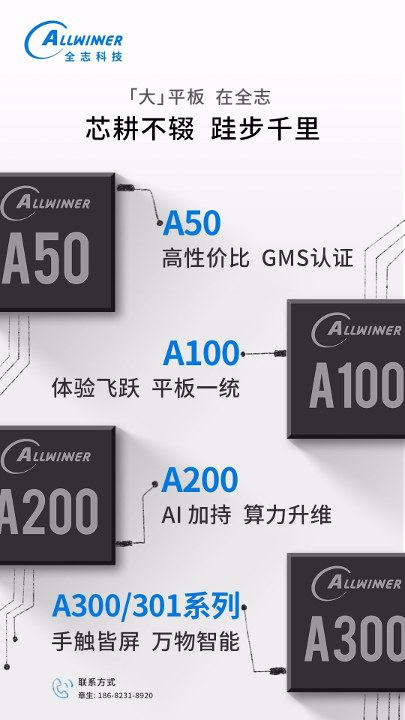One of the first Amlogic S922X TV box to show up in our news feed was Beelink GT1-K “King” with 4GB LPDDR4, 64GB eMMC flash, and all interfaces and features you’d expect from a higher end TV box including 4K HDR, HDMI 2.1 output, Gigabit Ethernet, USB 3.0 and so on. The Android 9.0 TV was only unveiled at the time, and we had yet to know about pricing. The media player has now started to sell on Aliexpress under the VORKE brand for $114 including shipping. VORKE GT-King specifications: SoC – Amlogic S922X hexa-core big.LITTLE processor with 4x Arm Cortex A73 cores @ up to 1.8 GHz, 2x Arm Cortex A53 cores @ 1.9 GHz, Arm Mali-G52MP4 GPU @ 846MHz; 12nm manufacturing process System Memory – 4GB LPDDR4 RAM Storage – 64GB eMMC flash, microSD card slot Video Output – HDMI 2.1 up to 4K @ 75 Hz, AV […]
Rockchip RK1808 Datasheet, TRM, Schematics and Linux SDK Released
Rockchip RK1808 is the first chip from the company fully dedicated to artificial intelligence applications. The Neural Processing Unit (NPU) features an accelerator delivering up to 3.0 TOPS and is coupled with two low power Arm Cortex-A35 cores allowing it to run Linux. We’ve had the specifications for RK1808 for a while, but the company has recently posted hardware and software resources on their open source website. On the hardware side we’ve got: RK1808 Technical Reference Manual (TRM) RK1808 datasheet PDF Schematics for the company’s official RK1808-EVB On the software side we can get the Linux SDK from Github as explained in the Wiki:
|
1 2 3 4 5 |
git clone https://github.com/rockchip-linux/repo mkdir linux cd linux ../repo/repo init --repo-url=https://github.com/rockchip-linux/repo -u https://github.com/rockchip-linux/manifests -b master -m rk1808_linux_release.xml ../repo/repo sync |
Finally configure the build and start the build process:
|
1 2 3 |
sudo apt install liblz4-tool build-essential source envsetup.sh rockchip_rk1808 ./build.sh |
After a while, or more accurately close to two hours on a Laptop with Ryzen 7 2700U processor, 8GB RAM, and hard drive, we’ll get U-boot, Linux, buildroot based rootfs, and firmware files and in […]
Battery powered MEGO Portable Power Supply fits into Breadboards
Breadboard power supplies like MB102 have been around for years, and some even designed a variable power supply for breadboards, but EVO-IN-MOTION MEGO looks much neater as a fully enclosed power supply, 4 to 24V output, fitted with a LiPo battery, and a display to show current voltage. MEGO enabled on-the-go breadboard projects without any cables for the power supply. Just connect the power supply, and you’re good to go with power delivered from the built-in battery. MEGO power supply specifications: Output Voltage – 4-24V DC Maximum Power – 6W Safety – Overload protection; short circuit protection Typical Power Efficiency – 88% Voltage Display Accuracy – <1% Ripple Voltage – <1% Load Regulation – 270mV Battery – 7.4Whs (2,000 mAh @ 3.7V) Misc – Power button;, adjust knob for output voltage; low battery and charging LEDs Dimensions – 73 x 59 x 32 mm Weight – 100 grams Temperature Range […]
Giggle Score Says ODROID-N2 Best Value, Raspberry Pi Zero Worst Value
[Update May 7, 2019: Giggle Score has been updated to use 7-zip to benchmark the boards instead of sysbench, and the “best value” rankings are now quite different] People like to compare single board computers, and usually want to have a simple answer as to which is better than the others. But in practice it’s impossible, because the beauty of SBCs is that they are so versatile and can be used in a wide variety of project, and that means in some cases the “best board” may be completely useless to you since it lacks a critical feature and interface for YOUR project be it H.265 video encoding or a MIPI DSI display interface. Still, it’s still always fun to look at benchmark scores and trying to compare SBCs, and for projects that mostly require CPU processing power it may also be useful. Robbie Ferguson has been developing and maintaining […]
UNISOC Unveils Tiger T310 Quad Core Cortex-A75/A55 DynamIQ Processor for 4G Phones
UNISOC, a company born out of the merger between RDA Micro and Spreadtrum Communications, has recently introduced Tiger T310 processor for 4G smartphones. The quad core processor is somewhat unique as it comes with a single Cortex-A75 core coupled with three Cortex-A55 cores using dynamIQ technology. UNISOC Tiger T310 key features include: CPU – 1x Arm Cortex-A75 core @ up to 2.0 GHz, 3x Arm Cortex-A53 cores @ up to 1.8 GHz in dynamIQ configuration GPU – TBD Cellular Connectivity – TDD-LTE, FDD-LTE, TD-SCDMA, WCDMA, CDMA, GSM Camera – Dual and triple camera support Security – TEE, face unlocking Manufacturing Process – TSMC 12-nanometer process UNISOC Tiger T310 is said to deliver a 120% single-core performance improvement over the current mainstream 4-core processor, and a 20% multi-core performance improvement. The processor’s battery life is said to be 20% better than mainstream 8-core processors, and 15% higher than mainstream 4-core processors […]
Alipay Dragonfly F1 PoS Enables Payments with Face Recognition
We’re being told the traditional way of paying for purchases – cash – is going away, so we’ll soon have to rely exclusively on electronics payment means such as debit cards, credit cards, contactless stored value smart cards, smartphones, our own face, etc… Wait? I could pay by just showing up my face? Apparently yes, as Alipay recently installed 12 Dragonfly POS (Point-of-Sales) devices with biometric technology at Hong Kong airport. The systems started operating at the airport on April 2nd, but similar devices were allegedly deployed in more than 300 cities in mainland China previously. I’m not entirely sure of the exact model operating at Hong Kong airport, but a quick web search reveals Alipay Dragonfly F1 matches the description. Hardware specifications: Processor – Quad-core Arm Cortex A53 processor @ 1.3GHz System Memory – 2GB RAM Storage – 8GB FLASH Display – 10.1″ TFT touch screen display with 1280×800 […]
Huawei Launches 2U 4-node Taishan X6000 V2 Server with Kunpeng 920 Arm Processor
Back in January, Huawei announced Kunpeng 920 64-core Armv8 server processor as well as three Tianshan servers based on the SoC. But a recent tweet from James Lin, Vice director, Center of HPC, Shanghai Jiao Tong University, claims Huawei launched a 2U 4-node “Taishan” server with Kunpeng 920 (Hi1620) Arm chip a few days ago. That probably means Huawei is now ready to take orders for their new Arm servers. The server pictured above appears to be Taishan X6000 V2 with the following specifications: Form Factor – 2U, 4Node high-density server Server Nodes – Up to 4 XR320 servers with X6000 universal chassis or 4 XA320 V2 servers with X6000 super chassis Power Supply Units 2x 1,500W enhanced hot-swappable AC PSUs for XR320 server nodes 2x 3,000W hot-swappable AC PSUs for XA320 V2 server nodes supporting 1+1 redundancy Power Supply – 100V to 240V AC; 24V DC Fan Modules – […]
Allwinner Tablet SoC Roadmap 2019 – 2020
Both Rockchip and Amlogic have some pretty interesting processors coming down the pipe with for example Rockchip RK3588 Cortex A76/A55 or Amlogic S922D Cortex A73/A53 SoCs both featuring an neural processing unit (NPU) for AI workloads acceleration at low power. The companies also have updated entry-level quad Arm Cortex-A55 processors with RK3530 and S905X3 models which are planned to launch later this year. But this made me wonder what was going with Allwinner since the company got really quiet, except for the “launch” of renamed processors for a specific business unit. That’s the only company among the three to have yet to announce a Cortex-A7X 64-bit Arm processor. The good news is that the company has released a roadmap of sort for their A-Series processors for tablets. The less good news is that very few details are available for the processors except for one: Allwinner A50 – Quad core Cortex-A7 […]


